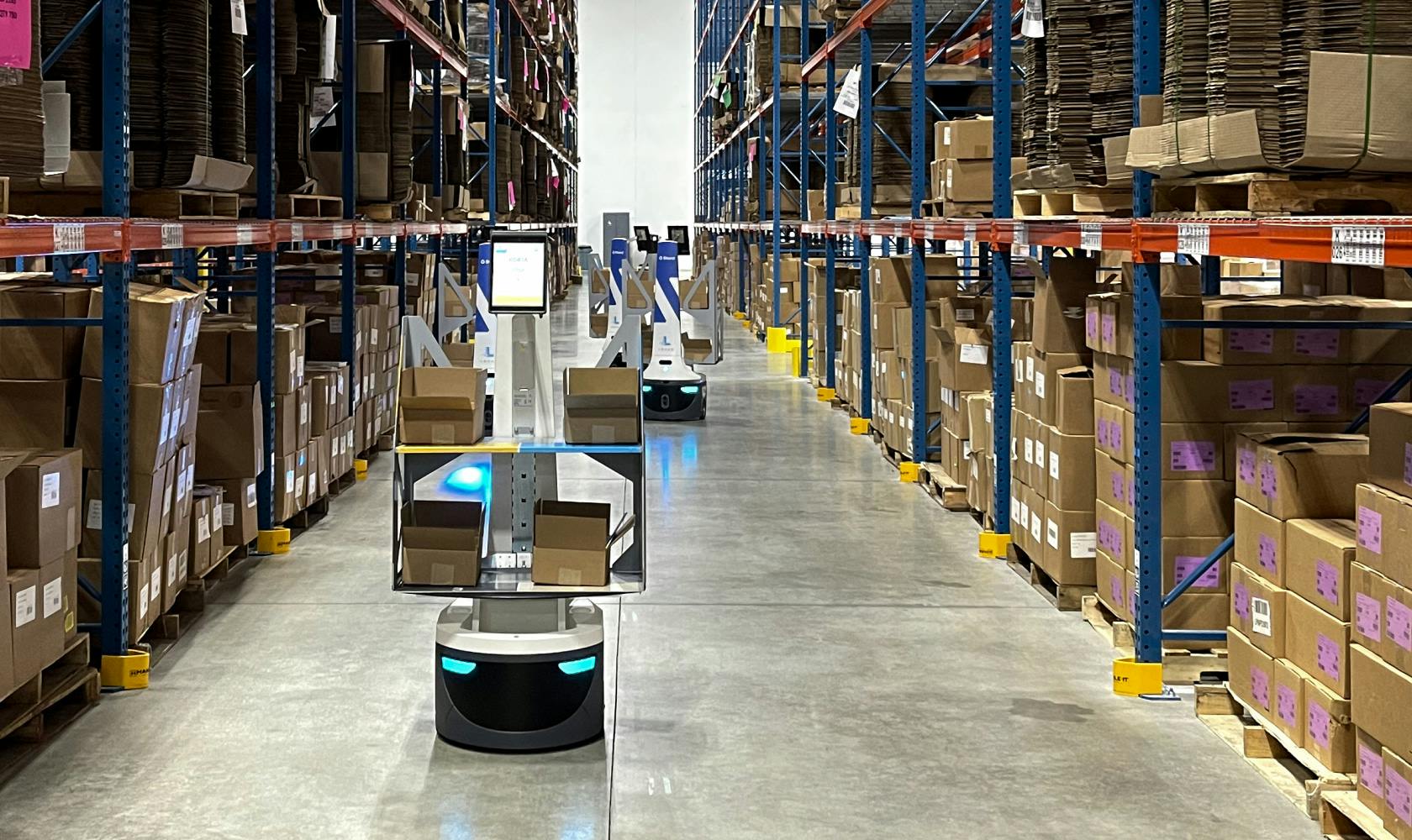The direct-to-consumer (DTC) sector has seen continued growth as more brands look to engage closely with their customers. eMarketer estimates over $110 billion in DTC sales in 2022 and over 160 billion by 2024. However, Retail Dive reported earlier this year that 75% of direct-to-consumer brands in the U.S. generate less than $1 million in online sales.
So, if you’re an established brand that’s migrating more to a DTC strategy, or a new and growing brand looking to accelerate your own business, how can you better stand out from this increasingly crowded space? One way is to make sure you’re executing appropriately across all elements of your business.
To help, Stord’s team of supply chain professionals backed by years of DTC, supply chain and retail experience have shared its views on where DTC brands should be going and what they should be leaning into, operations-wise - that very likely they’re not doing today.
So…DTC Brands - What Should You Be Doing?
Focus on Core Competencies
STOP THINKING YOU ARE COMPETING WITH BRANDS ON AMAZON. Listen, Amazon is a great channel and behemoth retailer, but you don't have to rely on Amazon to achieve what the consumer is looking for.
Continue to make great products, sell those products, and make those two things your core competency, not logistics and fulfillment. There are an increasing number of fantastic logistics companies that have built out the technology and physical logistics aspects that can help you build an amazing brand, and an even more amazing customer base.
- Alex Kent, Director of Sales & Supply Chain Therapy Podcast Host
Consumers Care about Brands and Sustainability
Today’s consumers want to associate and engage with companies with whom they share common values. Sustainability and environmental consciousness is definitely top of mind for many people today. Reducing their carbon footprint across their supply chains should be a priority for every DTC brand.
- Amy Cooper, Health & Beauty Category Leader
Simplify Customer Choice
A key approach DTC brands should follow is reducing unnecessary SKUs. That can lead to more customer confusion with too many choices, as well as increase inventory carrying costs. Also, revisiting inventory forecasting methodologies can improve supply chain efficiency by ensuring you have the right product, in the right locations, taking account of seasonalities and varying customer demand.
- Sean Henry, CEO
Streamline Back-office Operations to Focus on Customer Experience
DTC companies should automate and streamline their back-office processes like customer service, so they can focus their efforts on enhancing their storefronts and customer experience.
- Sarang Damle, Director of Product, OMS
Better Manage Consumer-focused Exceptions
These brands need to better proactively manage fulfillment and delivery exceptions. The latter in particular is often initiated by a frustrated customer. The brand then needs to research the issue to take appropriate action. There is no reason why this data should not be at the team's fingerprints. When exceptions do occur (e.g., failed delivery, damage in transit, etc.), the brand can reach out to expedite resolution and manage the customer experience.
- Bradley Weill, VP Product
Smarter Logistics Can Improve DTC Operations
The most effective way to drive improvement in your DTC operations is to be smarter about how you operate your supply chain for your customers. Performing a fulfillment network analysis (e.g., based on my order patterns and customer base, how many inventory locations should I have, where should these locations be, etc.) as well as a detailed parcel evaluation (e.g., which carrier method should I use for each package, how do delivery rates compare, etc.) is the only way to uncover if there’s a better way to get your product to your customers.
- Brad Disher, Senior Account Executive
Understand How Your CX Drives Repeat Business
Tying customer experience to repeat customers. Think of a customer experience (CX) score based on a variety of inputs and variables such as click-to-deliver, shipping costs, order accuracy, box utilization, etc. Building metrics and correlation between the number of times a customer repeats a purchase based on the CX score will help both manage performance across cross-functional teams, and justify budget and competitive intelligence efforts into CX activities heavily related to supply chain.
- Josh Monski, Software Sales Engineer
Analyze Where Sales Are Coming From
DTC brands should be paying more attention to their sales by state, region or other categories, to better optimize their operations and marketing efforts.
- Staci Flanders, Senior Account Executive







